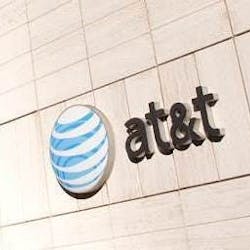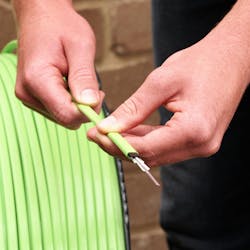The FCC's Wireline Competition Bureau has extended offers of broadband subsidies to 516 rural "rate-of-return" companies in 46 states through a predictable cost model, with the aim of getting faster Internet service to more than 1 million rural homes. The FCC voted to make the offer in December.
In return, participating carriers would be required to deploy broadband on a defined schedule over the next decade at speeds of at least 25 Mbps download/3 Mbps upload to homes and businesses fully funded by the model. If all of the eligible carriers opt in to the offer, they will be required to deploy 25/3 Mbps broadband to at least 1,126,082 homes and businesses.
The obligation to deploy high-speed broadband will increase even for carriers that do not accept the offer of model-based support. Under prior rules, legacy carriers were only required to deploy 10/1 Mbps broadband to 115,441 locations; they were not required to deploy 25/3 Mbps broadband to any locations. As a result of the Commission's December vote, the Bureau has increased those obligations so that legacy carriers will be required to deploy 25/3 Mbps broadband to at least 600,535 locations.
The FCC modernized its support for rate-of-return companies through use of the Alternative Connect America Cost Model, or A-CAM, to determine support. The model calculates support required to provide service census block-by-census block and delivers that support over a 10-year term, with a defined buildout schedule. Building on the first A-CAM offer, the action taken provides carriers that initially elected to remain on the legacy system an opportunity to switch over to the new model.
Rate-of-return carriers receive approximately $2.4 billion each year of the FCC's $4.794 billion in universal service support for rural broadband, and of that, the 262 companies that have already elected A-CAM support get approximately $607 million per year. Carriers currently receiving legacy support have 45 days to opt in to the new A-CAM offer.





